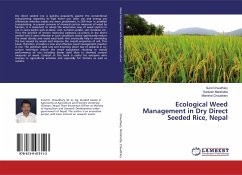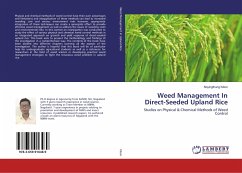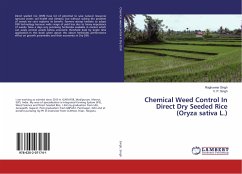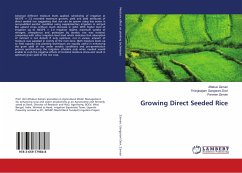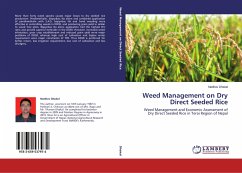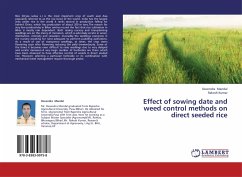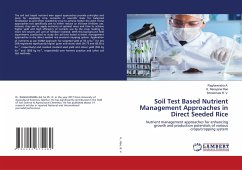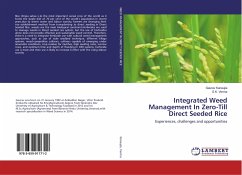Dry direct seeded rice is gaining popularity against the conventional transplanting regarding its high water use, labor use and energy use efficiencies whereas weeds are more problematic in DSR than in puddled transplanting. In present scenario of chemical control measures of weed by farmers, It is important to adopt the alternative way of weed control in rice in every aspect such as labor, cost, nutrient uptake, soil condition etc. Thus the practice of brown manuring (sesbania co-culture in dry direct seeded rice) is more effective in such conditions which significantly reduce the weed density and weed seed bank that eventually help in minimizing the loss caused by weeds and improve the overall properties of soil. This book, therefore, provides a new and effective weed management practice in rice. The optimum seed rate and knocking down day of sesbania in co-culture technique reduce the weed population resulting in overall performance of rice including better yield than in chemical control measures of weed. Content in this book is useful for everyone who involves in agricultural activities and especially for farmers as well as readers.
Bitte wählen Sie Ihr Anliegen aus.
Rechnungen
Retourenschein anfordern
Bestellstatus
Storno

